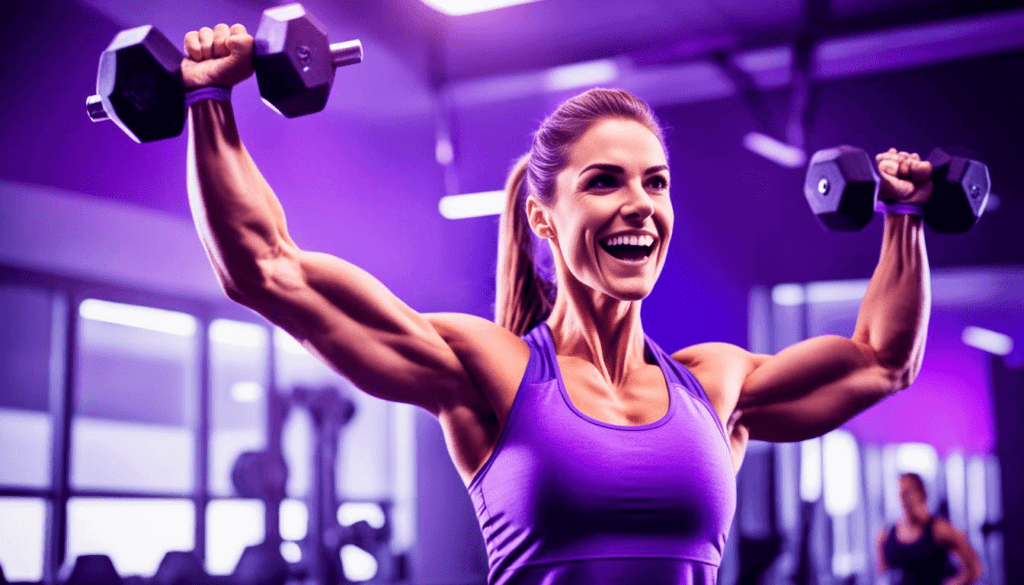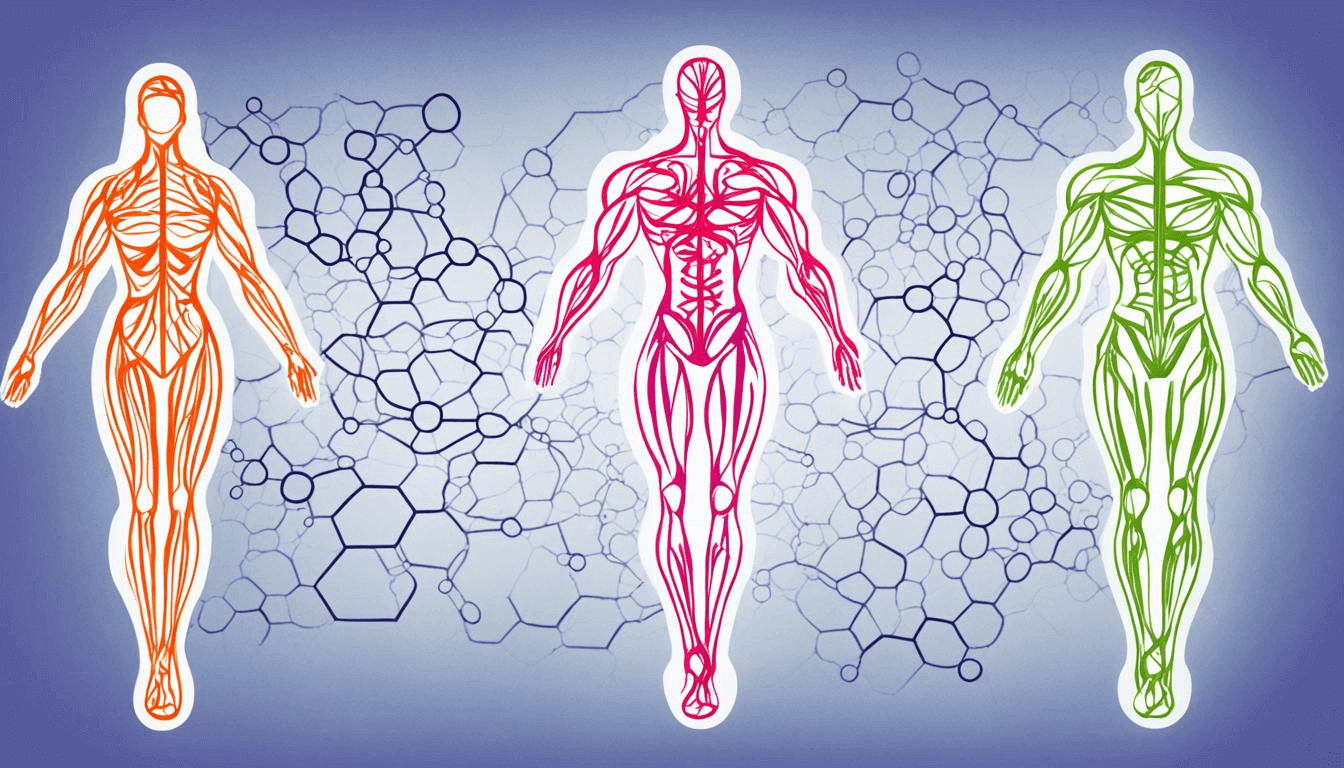As almost all bodily functions are driven by hormones, it is not surprising that they can have marked effects on fitness too. Hormonal Variability and How it Affects Exercise Performance, Recovery and Overall Fitness for Women Yet an understanding of how hormones work in our bodies is important for women who seek to custom-design a fitness routine that reflects their physiology. We will deep dive into how hormones affect women’s fitness, covering the main key hormones and its specific influence in physical performance by giving tips to help you apply it for your best according to hůrmunal cycles.
A Primer on Hormones and Their Function
Hormones are chemical messengers secreted by glands within the endocrine system. They circulate in the blood to different organs and tissues, where they control processes (such as metabolism), growth of cells and mood. Hormones like estrogen, progesterone and cortisol for women determine how much energy we have, our muscle mass levels (combat them muscles damnit) and fat distribution.
Hormones, Exercise and Women
1. Estrogen
One of the most famous hormones in women´s health is estrogen. Estrogen is mostly made by the ovaries and helps in functions from reproductive health to bone density to fat distribution. Estrogen: Impacts Strength and RecoverySavvy GirlsFew realize that your menstrual cycle can impact the quality of blood flow in your muscles, which could prevent proper muscle growth.
Exercise Performance–Levels of estrogen also rise and fall throughout the menstrual cycle, which can, in turn, affect your energy as well as endurance. An exception here is that abnormally high levels of estrogen, as you would see in the follicular phase, can boost your muscle strength and recovery. On the other hand, reduced estrogen during the luteal phase might result in a decrease in strength and increased fatigue.
Estrogen too has a muscle tissue protective effect aiding in muscle growth. However, the ratio of estrogen to progesterone may influence how effectively muscles can repair and grow after exercise.
2. Progesterone
Another important hormone, helps the body regulate the menstrual cycle and supports pregnancy. It causes the lining of your uterus to build up and is responsible for uterine contractions Help prepare for a possible pregnancy Increase fluid retentionSlowdown mood
Performance Impact: Ovulation – During the luteal phase of the menstrual cycle, progesterone levels begin to rise and this can contribute to significant water retention and bloating which in some cases will increase body mass. That can have an impact on feeling good while exercising and also how you perform in your workout. Elevated progesterone may also lead to decreased energy and pull motivation.
Effect on Recovery: Progesterone has implications for recovery, with some research demonstrating that it can hinder tissue repair making muscles sore and less able to regenerate damaged tissues.
3. Cortisol
Cortisol, widely known as the stress hormone is manufactured by the adrenal gland and serves a paramount function in the body’s response to stress. It effective for the metabolism immune system, also satisfaction, and population levels.
Exercise Performance: High cortisol levels can be a major roadblock to exercise gains, and cause muscle breakdown. Stress and high cortisol levels interfere with sleep, which is the key to your recovery process that leads toward overall fitness.
Recovery If you want to recover as best possible at a cell level…manage cortisol. Chronic high-stress levels block the body’s methods for repairing and forging new muscle tissue, increasing recovery times significantly on top of athletes running a greater risk for injury.

1. Menstrual Phase (Days 15)
It happens in the phase when estrogen and progesterone (female hormones) are at their lowest – menstruation. In women: Fatigue, cramps and mood swings. This phase is often the most challenging to work out and movement, such as walking or gentle yoga can assist in naturally improving cramps and lowering your mood.
2. Follicular Phase (Days 614)
The half of your cycle after you are done menstruating is known as the follicular stage, and during this time estrogen starts to rise which in turn increases energy levels & muscle strength. This is a great time to work out hard and lift weights! This is the window in which women may feel they can train more intensively and bounce back with less recovery time.
3. Ovulatory Phase (Days 1517)
This process of ovulation is often referred to as the middle cycle. Estrogen is high providing improved performance with maximum endurance. Perfect time to set some records or work out more vigorously.
4. Luteal Phase (Days 1828)
One way the luteal phase can adversely affect you is through increased bloating and fatigue due to rising levels of progesterone. Women might utilize less motivation and exercise performance as women. During this time it is best to focus on lowerintensity exercises and priority restoration efforts.

1. Track Your Cycle
Doing so will provide insight into how your menstrual cycle influences fluctuations in hormones and fitness. Keep a record of how your energy, mood and performance change If you use an app to track this or a journal its good way to manage it through cumbersome times. It can help you in shaping your workouts according to the ups and downs of hormones.
2. Adjust Workout Intensity
Adjust Your Workout Intensity Based on Where You are in your Hormonal Phase. For the follicular and ovulatory phases, maybe focus on high-intensity training or strength workouts Instead, focus on lower-intensity activities such as swimming (my favorite), cycling or yoga to adjust for the drop in energy and motivation you may experience during your luteal phase.
3. Prioritize Recovery
Getting enough sleep is also one of the most important roles in assuming fitness and simply having a better life. Sleep enough, keep stress-free, and also take rest days. If you believe your cortisol levels are too high, try some relaxation practices like meditation or deep breaths.
4. Nutritional Support
Hormone levels can play with your appetite and cravings. Ensuring a solid, nutrient-dense diet will fill in all the gaps between your training. Eat nutrient-dense foods during the luteal phase to reduce cravings and provide sustained energy, as well as support recovery.
5. Consult with Professionals
If you are worried about hormonal imbalances and the effect it may have on your fitness then consult with a healthcare professional or somebody who is qualified in women-specific training. These folks can give you personal recommendations and tips that fit exactly where you stand on the fitness spectrum.
Conclusion
Many factors influence exercise, recovery, and general health in females however hormones seem to be a major player. Learning about these hormonal changes could help ladies out there better schedule their workouts accordingly to get the most out of it. Again, every woman is different and it pays to listen to your body as you go through “practice” cycles that focus on how you feel throughout the month. By filling yourself with the right nutrients, you can shape your hormones for superior results on your fitness journey and in achieving optimal health.

